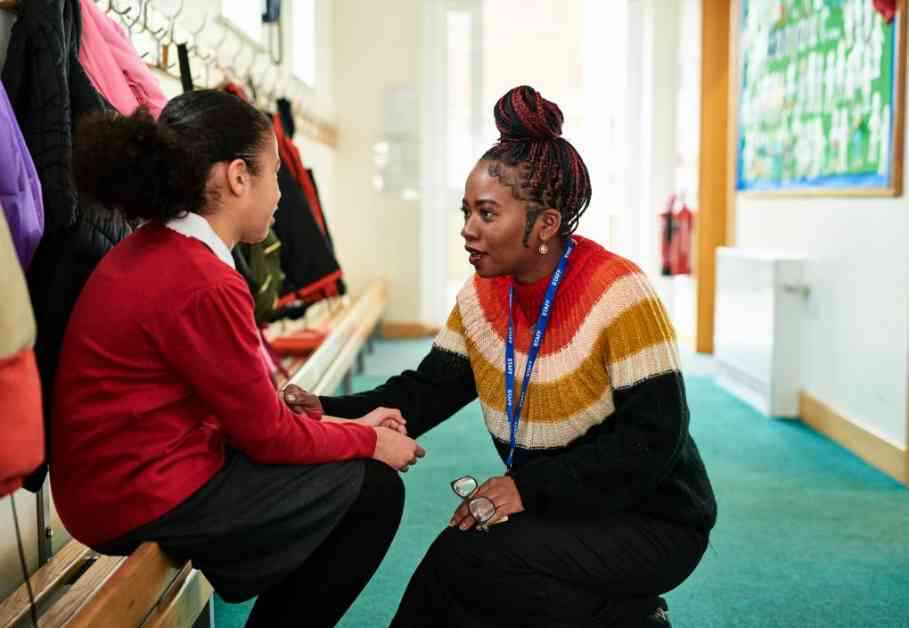In the bustling world of education, fostering meaningful relationships with students is often seen as paramount. However, many educators find themselves at a loss when it comes to repairing these vital connections once they have been strained. Enter Clay Cook, the chief development officer at Character Strong, who has revolutionized the way teachers approach relationship repair with his innovative “establish-maintain-restore” (EMR) framework.
Establish-Maintain-Restore Framework:
Cook’s EMR framework focuses on establishing, maintaining, and restoring relationships in the classroom. He asserts that any relationship, be it between partners, colleagues, or teachers and students, can deteriorate over time if not actively nurtured. By adopting the EMR approach, educators engage in intentional relationship reflection, pinpointing students who fall into the categories of “establish,” “maintain,” or “restore.”
Letting Go:
One crucial aspect of relationship repair, according to Cook, is the ability to let go of grudges. Young people often perceive adults as holding on to past transgressions, which can hinder the repair process. Cook emphasizes the need for authenticity and genuineness in letting go conversations to bridge the gap and rebuild trust.
Taking Ownership:
Taking ownership of one’s role in a conflict is another key element of effective relationship repair. Cook highlights that students respond positively when teachers acknowledge their part in disagreements, fostering a sense of mutual accountability. By avoiding the blame game and focusing on collaborative solutions, teachers can create a more conducive environment for repairing relationships.
Win-Win Solutions:
Collaboration is at the heart of Cook’s approach to relationship repair. Encouraging teachers and students to work together in finding solutions to conflicts fosters a sense of shared responsibility and empowers students to be part of the resolution process. By seeking win-win outcomes, both parties can address the root causes of conflict and prevent future misunderstandings.
Separating the Deed from the Doer:
In the realm of education, it is crucial to separate a student’s behavior from their intrinsic worth. Cook stresses the importance of holding students accountable for their actions while affirming their inherent value and potential for growth. By emphasizing that behavior does not define identity, teachers can create a supportive environment that encourages positive change and personal development.
In conclusion, Cook’s EMR framework offers a comprehensive and practical guide for teachers seeking to repair relationships with their students. By incorporating skillful communication techniques and fostering a culture of empathy and understanding, educators can create a more nurturing and productive learning environment for all. As Cook aptly puts it, “It’s not just about forging bonds, but about the quality of those connections that truly matter.”
